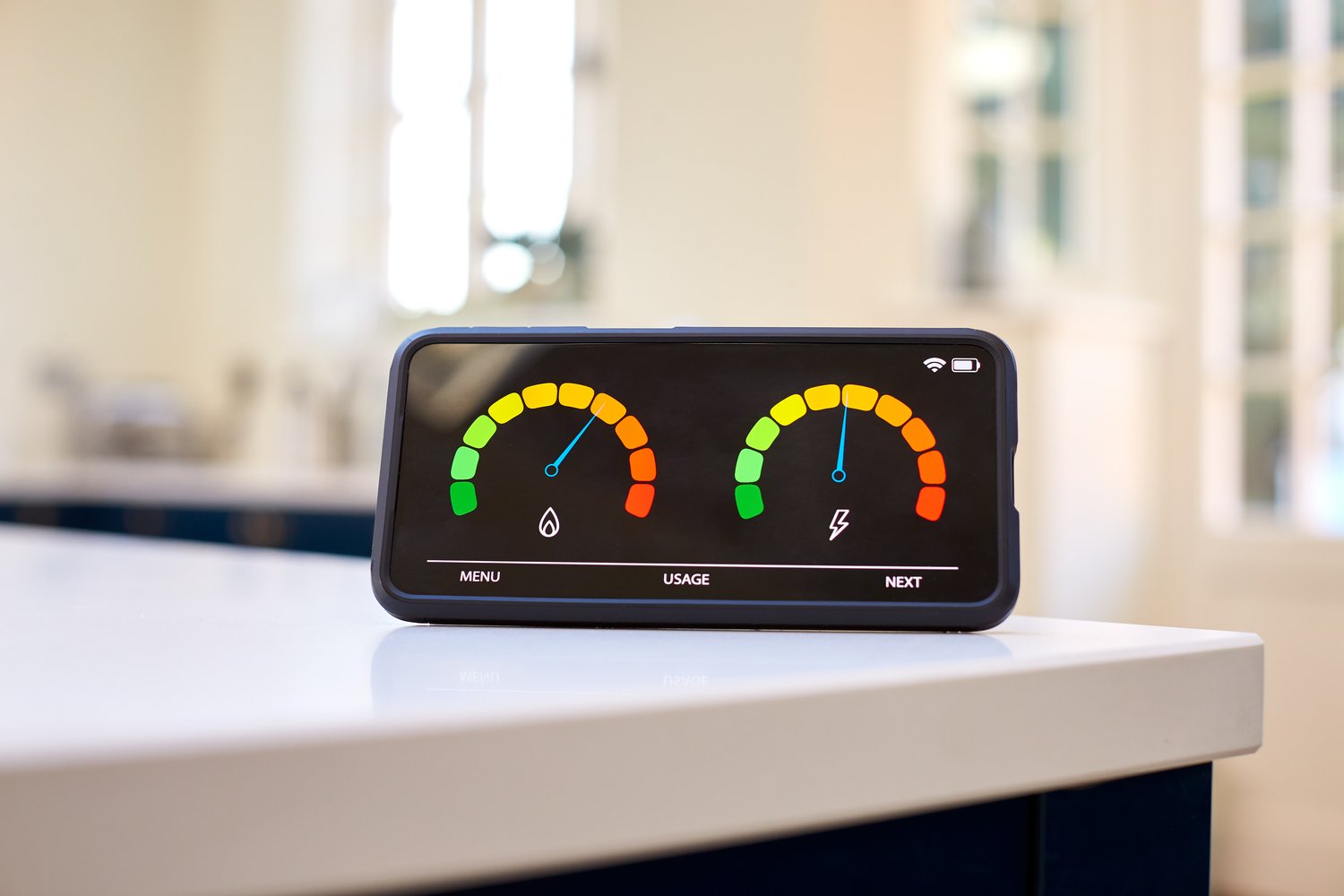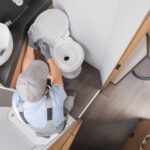Is your home energy monitor causing more confusion than clarity with incorrect readings? Ensuring accurate energy tracking in your household not only aids in efficient energy usage but also prevents surprise costs on your bills. Let’s delve into the crux of why energy monitors may falter and how you can bring them back on track with proper calibration and testing.
- Discover various reasons that lead to inaccurate energy monitor readings and understand the vitality of regular calibration.
- Gain a step-by-step guide on calibrating your energy monitor, ensuring precision with every read.
- Explore reliable testing techniques to verify monitor accuracy, bolstering energy efficiency in your home.
By the end of this guide, you’ll be well-equipped to ensure that your home energy monitor provides accurate information, empowering you to take control of your energy usage and expenditures effectively.
Understanding Why Your Home Energy Monitor is Showing Incorrect Readings: Calibration and Testing Guide
Home energy monitors play a crucial role in providing accurate readings for effective energy management. Yet, there are several reasons why they might display incorrect data.
One common cause of inaccurate readings is improper installation. Ensuring that the monitor is correctly set up with a good connection to the electrical panel is vital for accuracy.
Another reason could be firmware or software issues. Regular updates are essential to maintain optimal functionality and correct any bugs that might skew readings.
External factors such as electrical interference can also impact the performance. Devices like microwaves or mobile chargers can distort the signals, leading to erroneous data. Additionally, outdated or incompatible hardware may not communicate effectively with newer energy systems, causing discrepancies.
Recognizing the importance of regular calibration is key. Without periodic calibration, over time, even small errors can accumulate, leading to larger inaccuracies that can affect energy efficiency and billing.
To ensure that your home energy monitor remains reliable, understanding these common issues and adhering to a regular maintenance schedule is paramount.
Steps to Correctly Calibrate Your Energy Monitor
Proper calibration is crucial to ensure your energy monitor provides accurate readings. Begin by gathering the essential tools you’ll need: a voltage tester, a reference meter, and the user manual of your energy monitor.
Firstly, switch off all significant appliances to get an initial baseline reading. Refer to your user manual to understand the recommended procedures specific to your model.
Use a reference meter to cross-check the readings of your energy monitor. This step helps in verifying the accuracy and identifying any discrepancies that need adjustment.
Ensure all connections are secure and that the device is correctly interfaced with the electrical panel. An improper connection can lead to flawed readings, so take your time to verify this step thoroughly.
As you proceed through the calibration process, keep safety as a top priority. Remember to wear appropriate safety gear and follow standard practices to avoid any electrical hazards.
Once calibration is complete, monitor the readings over a few days to ensure consistency and accuracy. Adjust as necessary, keeping in mind that regular calibration checks will maintain optimal performance.
Testing Your Home Energy Monitor: Calibration and Testing Guide for Optimal Performance
Ensuring the accuracy of your home energy monitor is crucial for optimal energy efficiency and effective cost management. A perfectly calibrated monitor provides precise data that helps you make informed decisions about your energy consumption.
A well-calibrated home energy monitor doesn’t just keep your energy bills in line, it also contributes significantly to improving household energy efficiency. Knowing how to test and maintain your monitor can save you from unexpected expenses and inefficiencies.
Manual Testing for Accuracy: To verify your energy monitor’s accuracy, compare its readings against your utility meter. This direct comparison can often pinpoint discrepancies that might require attention. Check the readings at different times of the day to ensure they consistently match up.
Technology-Assisted Testing: Utilizing apps or other smart devices that are compatible with your energy monitor can enhance accuracy verification. Many smart home systems come with built-in diagnostics to confirm your monitor’s performance is up to standard.
Regular testing not only confirms the monitor’s accuracy but also assists in identifying potential issues before they become major problems. Consistently check the calibration and keep an eye on trends in consumption data to notice any unusual spikes promptly.
By conducting these tests periodically, you uphold your home’s energy efficiency and safeguard against misreported usage that could affect your budgeting and understanding of energy habits. Taking time to maintain this key piece of smart home technology ensures you’re well-informed and in control of your household energy management.
FAQ: Troubleshooting and Calibrating Your Home Energy Monitor
Why is my home energy monitor displaying incorrect readings?
Inaccurate readings can result from improper setup, interference from external devices, or outdated software. Ensure the monitor is installed as per the manufacturer’s instructions, and check for any software updates.
How often should I calibrate my energy monitor?
Calibration should be performed at least once a year, or whenever you notice a discrepancy between the monitor’s reading and your utility bill.
What tools do I need to calibrate my energy monitor?
Essential tools include a voltage tester, a multimeter, and the manufacturer’s manual. Always ensure your safety by wearing insulated gloves.
Can I calibrate the energy monitor myself?
Yes, with the proper tools and by following the calibration instructions carefully. If unsure, consult with a certified electrician.
What should I do if calibration doesn’t fix the reading issues?
If calibration fails, check for software updates or contact customer support for troubleshooting. Persistent problems may require professional assessment.
Does the location of my energy monitor affect its readings?
Yes, the placement near other electronics or metallic surfaces can cause interference. Ensure it’s installed in a recommended location.





